We have all had the experience of reading a novel, getting to the end and feeling unsatisfied. Something wasn’t right, we expected more, the story was so big, so enjoyable and yet, it’s hard to put a finger on it. We may now vow never to read another word from that author again.
More than likely, though, the author may not have concluded the book, typing up loose ends, or with an open-ended conclusion, leaving us with enough of an idea of where we think the story will continue, or how the characters might continue, go after we’ve reached the end.
They may simply have not created a neat denouement.
We explore the definitions and impact of denouements, as well as epilogues, afterwards and more – all the matter that appears towards the end of a book, or after the story has concluded.
Let’s start with denouements and epilogues, both of which take place within the framework of a story. Meanwhile afterwords and appendices take place after the storyline of the book has ended.
Denouement
In order to understand the function of a denouement in a story, let’s just back up a bit and briefly look at a traditional story structure. Firstly, a story usually hinges on having conflict in a story. (There are more meta novels in which conflict is sometimes dispensed with, but we’re not looking at these here.)
A story begins with an exposition or introduction, where the characters and settings are introduced.
Rising action is next where conflicts are introduced.
Climax is where these conflicts are heightened.
Falling action is when the story starts winding down, the conflict begins to lessen and resolution is near.
And then, finally, denouement, conflicts are resolved, the story concludes, the protagonist reaches the end of their journey. This is the ‘satisfying’ part of reaching the end of a story – and it’s what contributes to a reader putting down a book with a happy sigh (or with that vow to steer clear of this writer). In short, a denouement closes the story, bringing finality and resolution, revealing secrets, if there are any.
The term ‘denouement’ originates from the French word dénouer, which means to untie – although really the function of a denouement is to tie up all the loose ends, and leave the reader satisfied.
There are many reasons to include them. They provide closure to the story, as stated above.
They are also useful to provide reflection. This tool gives characters – and by extension, readers – an opportunity to process what has happened, understand its significance, and draw lessons from it.
Use denouements to highlight character development. Denouements sometimes show further development of the characters, showing how they have been shaped by their experiences and how they have grown or changed over the course of the story.
To illustrate this, let’s look at some examples of denouements in stories.
In Pride and Prejudice by Jane Austen, the denouement occurs when Elizabeth Bennet and Mr Darcy finally overcome their misunderstandings and declare their love for each other. The resolution also involves the marriages of other characters, such as Jane and Mr Bingley, bringing closure to the various romantic plotlines.
The realization of the ‘rottenness’ and emptiness of the American Dream by Nick serves as the denouement in The Great Gatsby by F. Scott Fitzgerald. The denouement in this novel occurs after Gatsby's death. Nick Carraway reflects on the events of the story, particularly the disillusionment and moral decay of the characters.
In Charlotte Brontë’s Jane Eyre, the story’s denouement is when Jane returns to Thornfield Hall to find a blinded Mr Rochester, they find each other again, marry, have a child, Rochester has vision restored in one eye, and they live happily ever after.
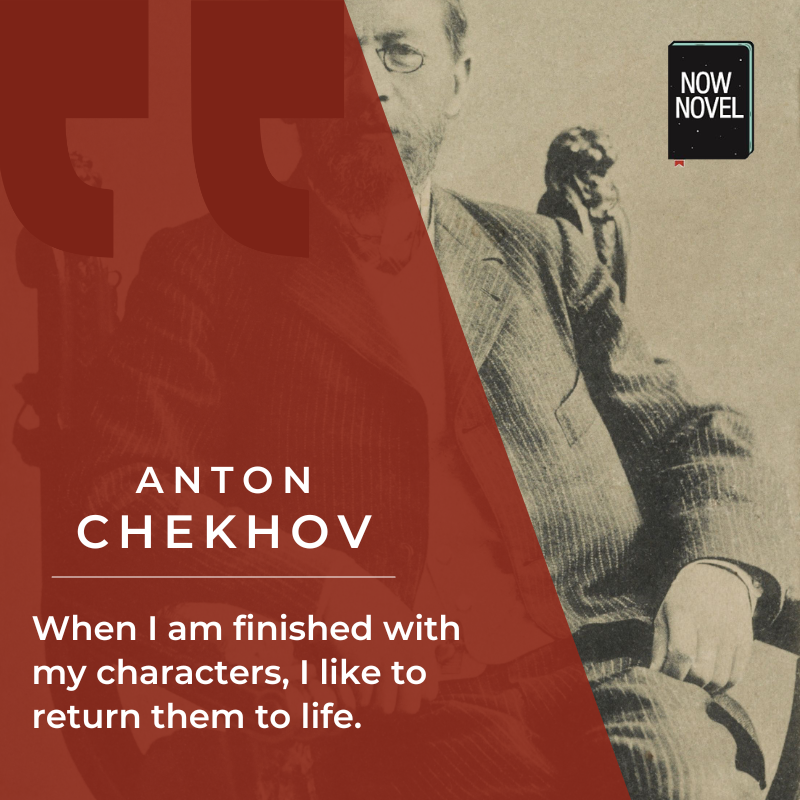
Epilogue
Epilogues also take place within the frame of a story, but as the name suggests they are an ‘epilogue’ to the story. They are often presented from the point of view of the main narrator, or a main narrator – other narrators in the story can step forward to do the explaining. They may follow the same theme or tone of the story just told, or can be vastly different.
They are found at the end of a novel, play, or memoir, and an act as a ‘final bow’ or postscript to a story.
They provide closure to the story, and can also tie up remaining loose ends, but can also offer, beyond closure, a way of reflecting on the events in a story. You may have a character looking back on their life, or events they experienced in their twenties from the vantage point of old age, for instance. This can show how the character developed, and what happened to that character in the intervening years. They too provide a sense of satisfaction for a reader – showing that the life of the character continues beyond the events of the story.
Epilogues can also be a way to reveal the long-term consequences of the story's events, or provide a final reflection on the themes explored in the story. They very often are used to show that time has passed since the events of a story.
You could also use epilogues in a story as a foreshadow for a sequel, hinting at another story to comes, teasing future plot points. This is often a technique used in genre fiction.
Russian playwright and short story writer, Anton Chekhov famously said, 'When I am finished with my characters, I like to return them to life.'
Let’s look at some examples.
In William Shakespeare’s plays epilogues are often used to deliver a moral message on the events of the play. For instance, in Romeo and Juliet, the epilogue can be interpreted to deliver a moral message about the folly of the two feuding families: the Capulets and the Montagues.
A glooming peace this morning with it brings;
Romeo and Juliet by William Shakespeare
The sun for sorrow will not show his head.
Go hence to have more talk of these sad things,
Some shall be pardoned, and some punished,
For never was a story of more woe
Than this of Juliet and her Romeo.
In the epilogue of the film La La Land, a happy ending is shown, where the two main characters, musician Sebastian ‘Seb’ Wilder (Ryan Gosling) and aspiring actress Mia Dolan (Emma Stone) remain together, which is an alternative to the actual ending (where they don’t).
The epilogue in Suzanne Collins’s The Hunger Games shows Katniss and Peeta happily married and with children of their own. The killing games have been abolished, although the trauma of having endured them never quite goes away.
For another look at epilogues read our post on prologues and epilogues.
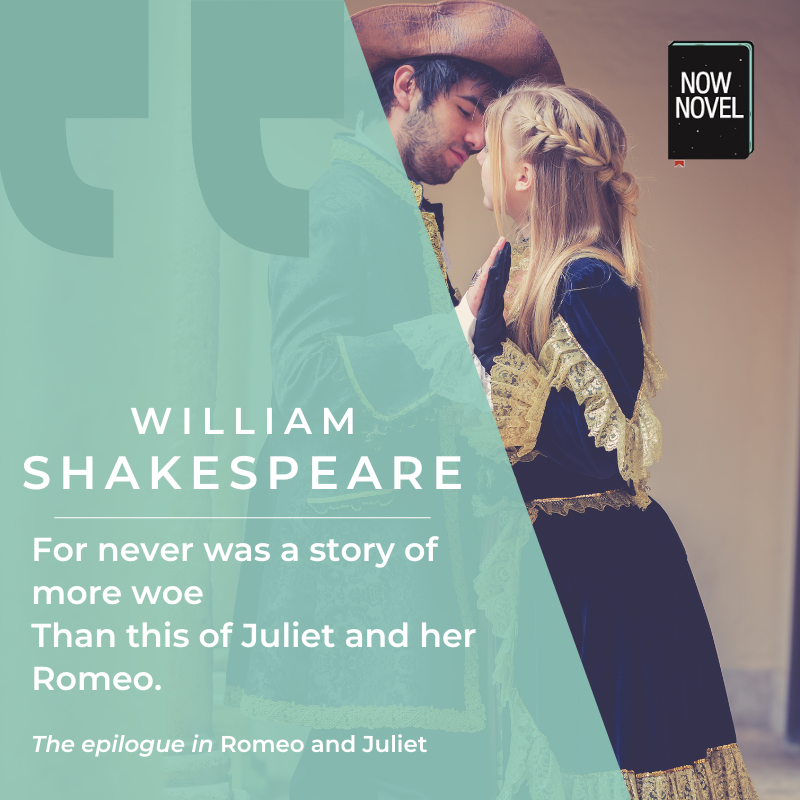
Afterwords
An afterword, in contrast to the two devices above, take place outside the confines of the story and does not continue the narrative.
Afterwords are used for both fiction and non-fiction books. In both, this is a chance for an author to reflect on the book they have written, to share the writing process, and its genesis, or to even offer commentary on its themes, characters, or events.
Alternatively, the afterword may be written by an editor, critic, scholar, or another individual familiar with the work. They may provide analysis, context, or interpretation of it, offering readers a deeper understanding of its significance or impact. This often is found in re-published classic books of literature and offers modern readers a sort of signpost of the book, situating it within the time frame it was published, and also, sometimes, offering insight into the author’s life. Generally, this kind of information is often presented in a foreword or introduction – less commonly as afterwords.
This is also the chance to write up a list of acknowledgments, where the author expresses gratitude to those who helped bring the book to fruition, such as editors, agents, beta readers or family members. An example of this is found in South African writer, Margie Orford’s 2024 memoir, Love and Fury, in which she reflects and thanks those who have helped her on the writing of the memoir.
You could also use epilogues in a story as a foreshadow for a sequel, hinting at another story to come, teasing future plot points. This is often a technique used in genre fiction.
In some cases, an afterward may include updates or additional information that has become relevant since the book was originally published. These would typically be found in a non-fiction book. This could include new developments in the field, responses to reader feedback, or reflections on how the book has been received.
In the Penguin anthology Children of Albion: Poetry of the Underground in Britain, an anthology of poetry, edited by Michael Horovitz, the afterwards is a 60-page essay on the underground poetry of the period (the 1960s).
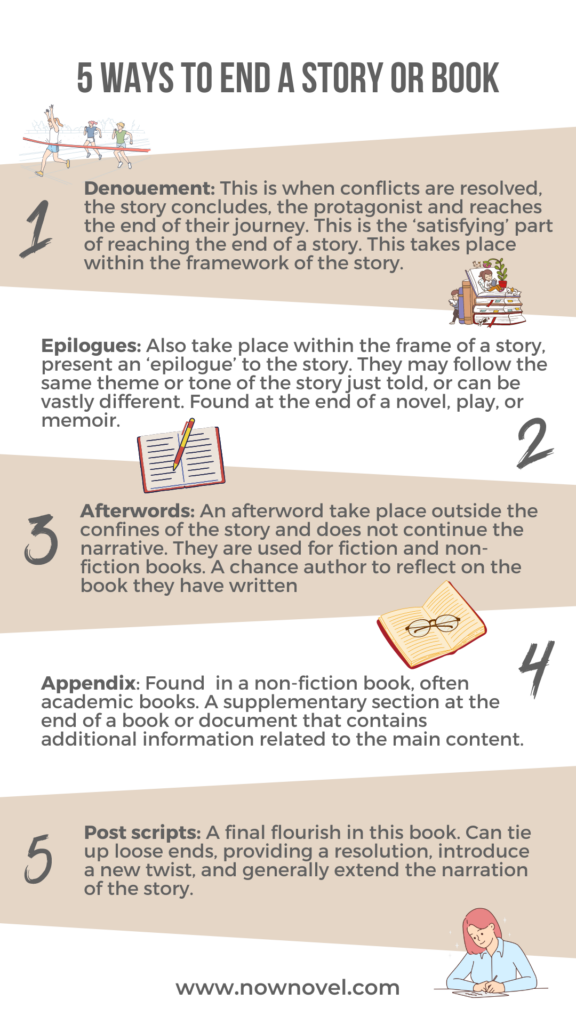
Appendices
Another end matter that is used in books is an appendix, which is most commonly found in a non-fiction book, often academic books. It’s
An appendix is a supplementary section at the end of a book or document that contains additional information related to the main content. It typically includes material that is not essential to the main narrative but provides further clarification, background information, or supporting data. These include charts and tables, graphs, or other visual aids that provide additional data or illustrations related to the main text.
Appendices may include glossaries of terms or indexes of names, places, or other relevant information found in the main text. In some cases, appendices may include additional text, such as extended explanations, case studies, or examples, that expand on topics covered in the main narrative.
They can also include documentation or citations for sources referenced in the main text, such as bibliographies, footnotes, or endnotes. In academic or technical works, appendices may include technical specifications, research methodology, experimental data, or mathematical proofs that support the arguments or findings presented in the main text. You’ll also find a postface in the appendices. This is the opposite of a preface and is a brief article or explanatory information. Although not essential to the book, it’s considered relevant.
Post scripts
A short PS on post scripts. While not often used, you will still sometimes find them in fiction. For example, in AS Byatt's Possession, the story concludes with a post script which describes a heart breaking scene. The post script functions as a final flourish in this book. As with all the other types of ending described in this post, a post script can tie up loose ends, providing a resolution, introduce a new twist, and generally extend the narration of the story.
However, you might also be wondering how to use prefaces, prologues and other devices to use before beginning a story.
Wanting to learn more about literary devices, consider joining our Group Coaching program.



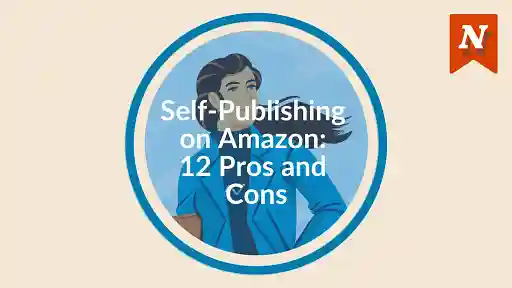
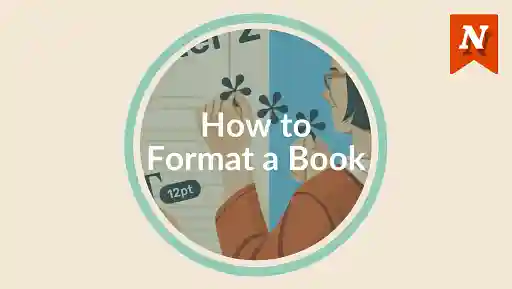

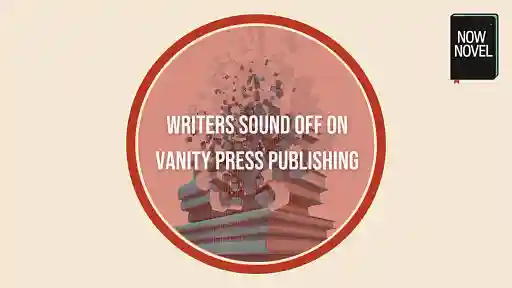



Thank you for making this clear. An excellent post.
V.M. Sang - Over 1 year ago
Dear VM Sang, thanks so much! So pleased it's clear and useful.
Arja Salafranca - Over 1 year ago
An inconclusive ending probably happens to all authors at least once. We're all human. Please don't be so hasty to kick an author to the curb because of his/her book maybe not ending to your satisfaction.
Todd Hicks - Over 1 year ago
Hello Todd, That's a useful observation to make. Personally I love open-ended or inconclusive endings. They resemble life in so many ways. Chekhov pioneered them, although they frustrated or shocked some of his readers, and other short story writers and novelists have done the same. I use them all the time, too.
Arja Salafranca - Over 1 year ago